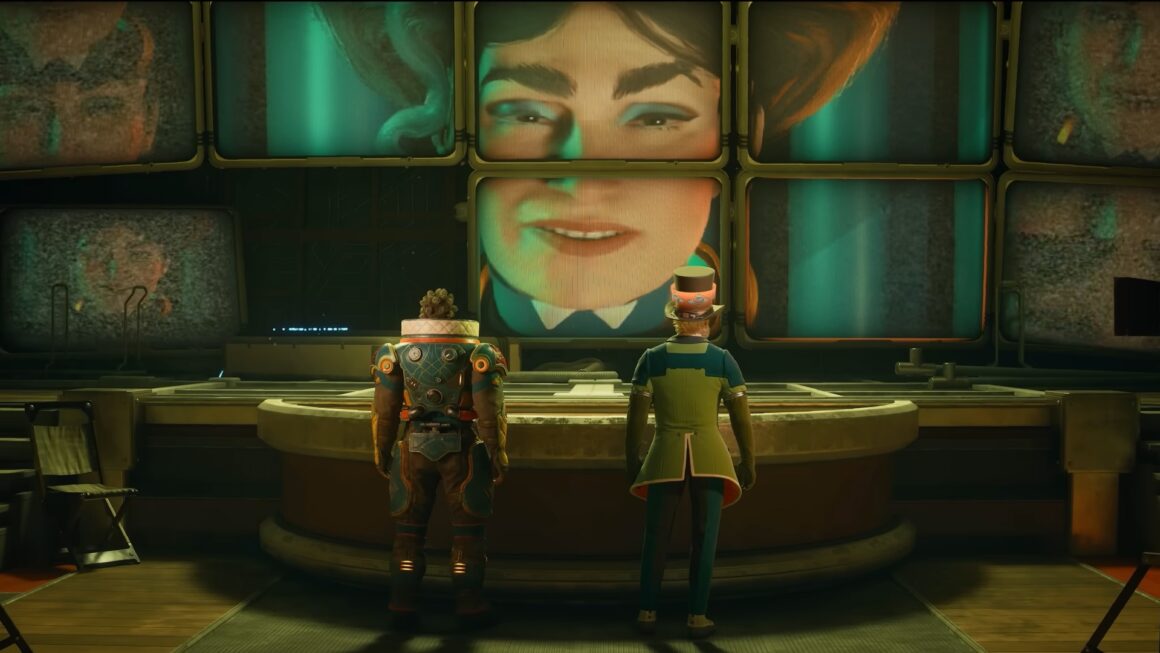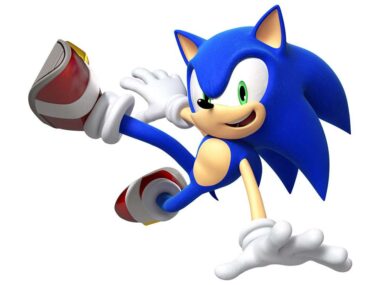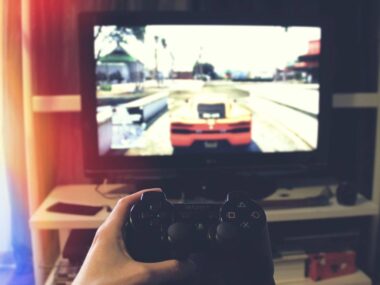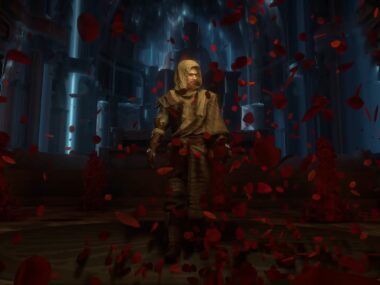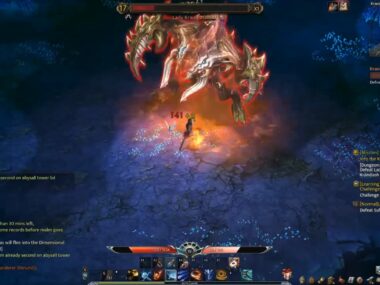With The Outer Worlds 2 launching October 29, 2025, Microsoft is pushing the price of standard edition games into new territory. It’s one of the first major Xbox Game Studios titles to adopt the $80 price tag outright. Sure, it’ll be available day one on Game Pass. But if you want to “own” it? That’ll cost you.
And let’s be honest. This moment didn’t come out of nowhere. The industry has been laying the groundwork for years, blaming inflation and ballooning budgets while quietly raking in billions through microtransactions, deluxe editions, and DLC passes. Games didn’t get cheaper to make. They got more profitable to sell.
It’s hard to justify $80 when:
- CEOs are still making millions even after botched launches,
- Microtransactions are alive and well in full-price titles,
- And ownership is still a mirage thanks to DRM and digital licenses.
So why should we act like this new price point is justified?
The Consumer Response: Wait, Play, Cancel
Gamers aren’t exactly buying the idea that they’re getting more value. If anything, they’re getting more cautious.
A common reaction online: “I’ll play it on Game Pass for $12, then cancel.” Others say they’ll wait for a deep discount. These aren’t just throwaway comments. They reflect a growing disinterest in paying premium prices for experiences that don’t guarantee premium value.
The broader mood? Tired. Not just of pricing, but of the themes themselves.
When Satire Hits Too Close to Home
The Outer Worlds 2 continues its satirical takedown of capitalism, something the original was praised for. But this time, it may be too real. Players are burnt out on stories that reflect the systems they’re trying to escape.
People are asking: How fun is it to play a game about corporate oppression when I’m living it?
In the U.S., we’re watching basic services get cut while $80 games, rising tariffs, and endless subscriptions pile up. It’s hard to enjoy dystopian fiction when it feels like a documentary.
And let’s not forget: the first game had its issues. The combat wasn’t compelling for many. It didn’t leave a strong legacy. After the underwhelming reception of Avowed, confidence in Obsidian isn’t what it used to be.
What Are We Getting for $80?
To be clear, The Outer Worlds 2 does have some ambitious features:
- A reactive world shaped by your choices
- Dynamic companions with high-stakes questlines
- Three factions in a full-blown ideological war
- Science weapons, stealth mechanics, and expanded combat options
But none of that changes the fact that $80 doesn’t come with ownership. It doesn’t come with trust. And it definitely doesn’t come with an opt-out from future microtransactions or content paywalls.
Even the Premium Edition, priced at $99.99, feels like a pitch, not a promise.
Fallout Expectations, Obsidian Doubts
There’s an elephant in the room: Fallout. Many players are still hoping for a spiritual successor that captures the magic of New Vegas. But after a series of lackluster releases, Obsidian’s ability to deliver that experience is under scrutiny.
It’s telling that this is the game Microsoft chose to mark the $80 milestone. From the games announced, it’s the only one that could potentially pull it off. Fable is projected to come out in 2026. To squeeze in an $80, they picked a sequel to a game that struggled to find long-term footing.
It’s a risky move, and consumers know it.
The Upside? A More Cautious Market
Oddly enough, this price hike might do some good. It’s making players more mindful of their spending. They’re asking harder questions. Waiting longer. Demanding more.
That’s not resistance. It’s clarity.
If game publishers are going to force $80 on us, it’s only fair we push back with scrutiny. There’s never been more competition for our attention, and for once, it’s easy to wait.
The Outer Worlds 2 might be worth playing, but $80 shouldn’t be a given. As companies raise prices without raising standards, gamers are finally pausing to ask: What are we really paying for?
